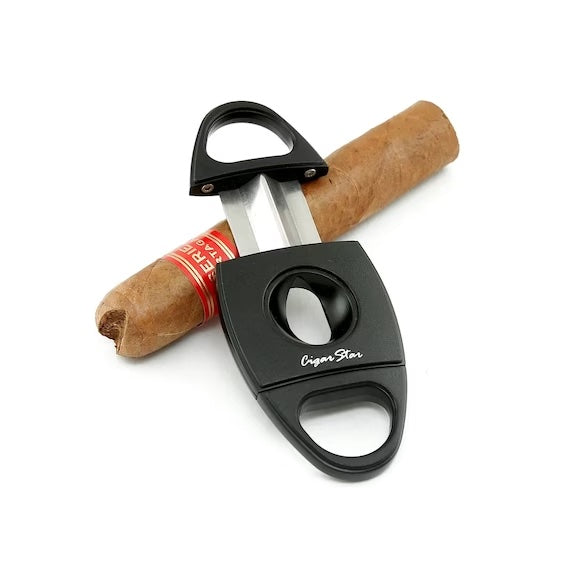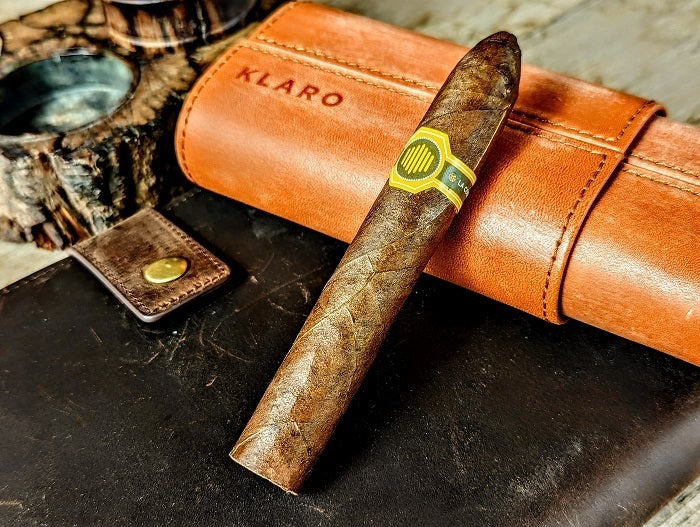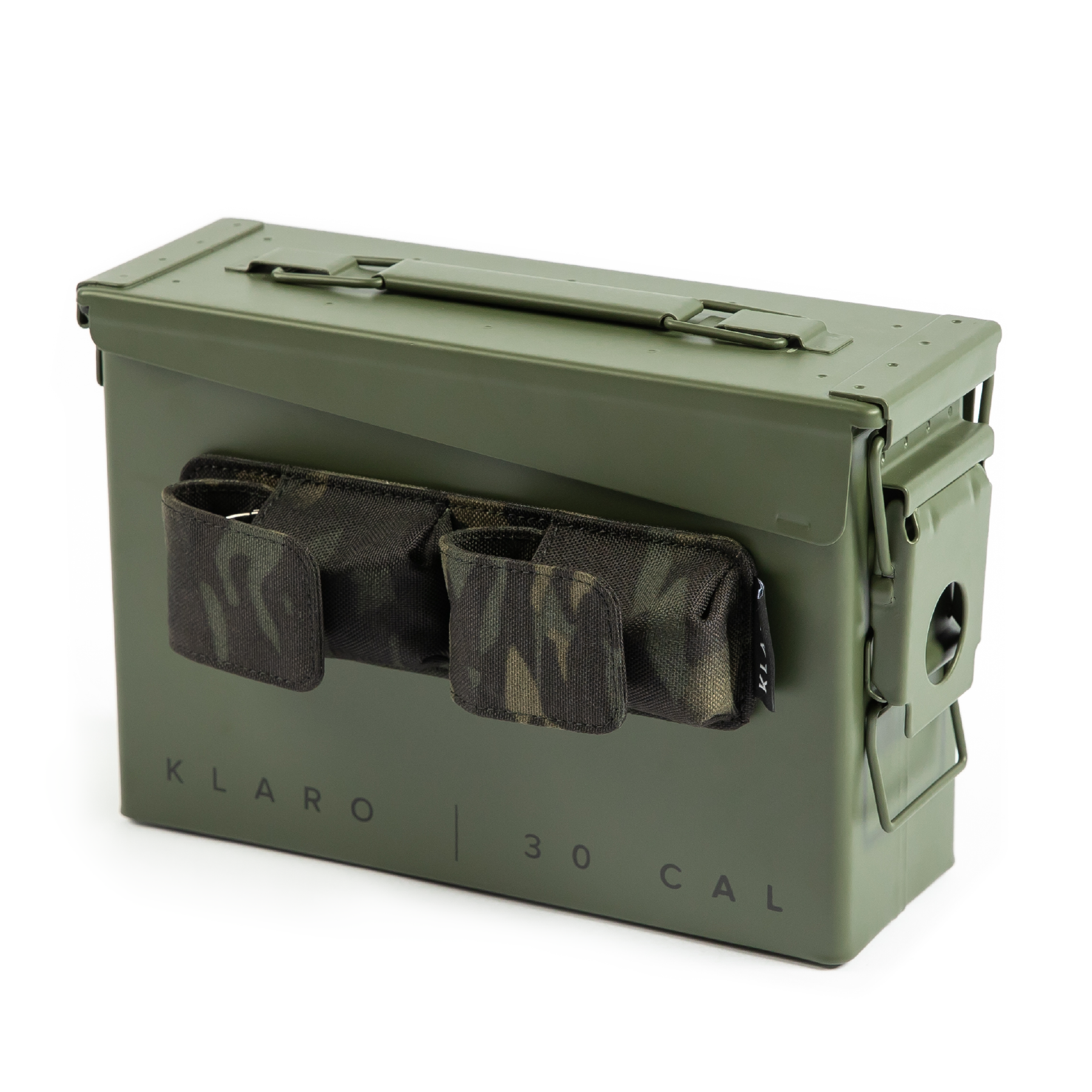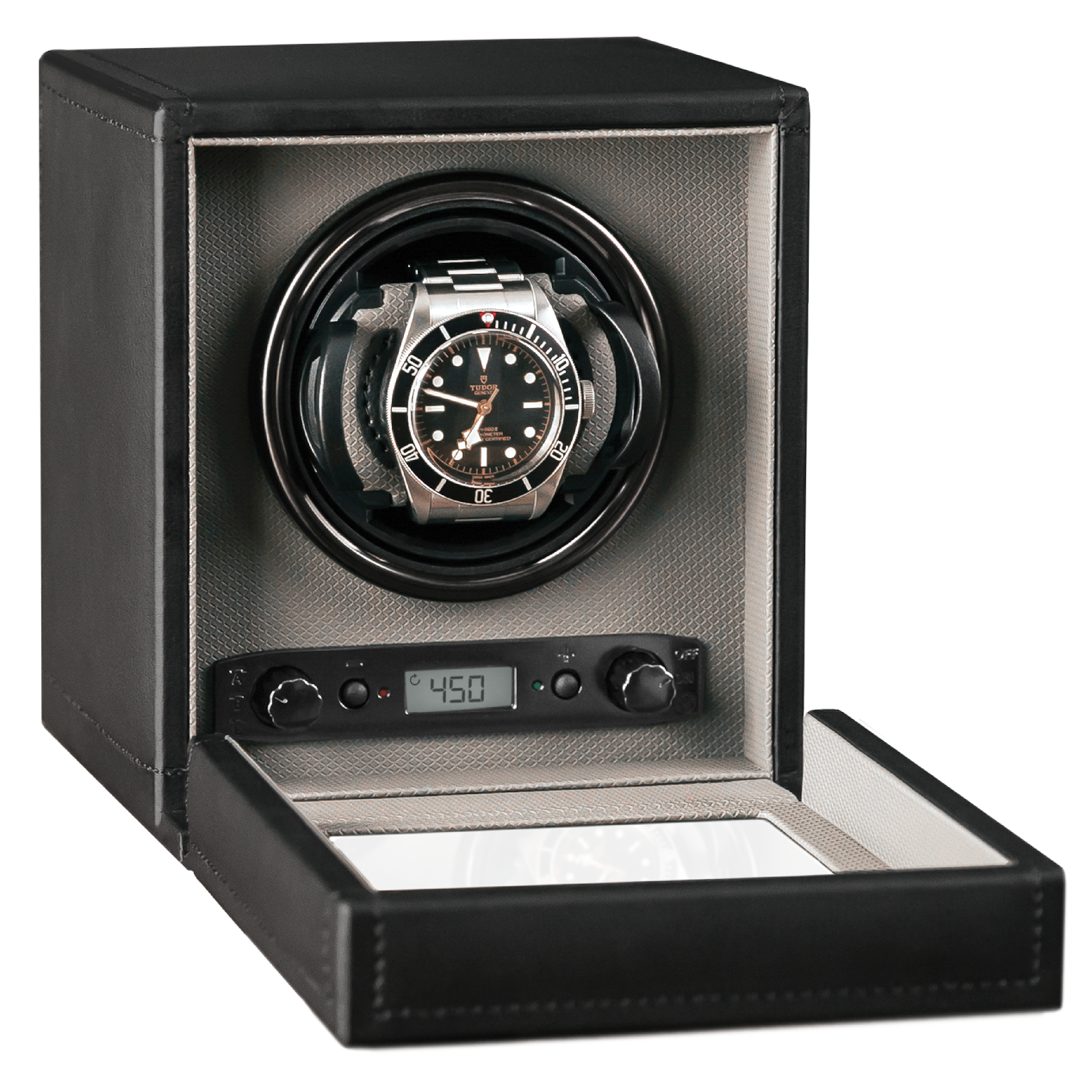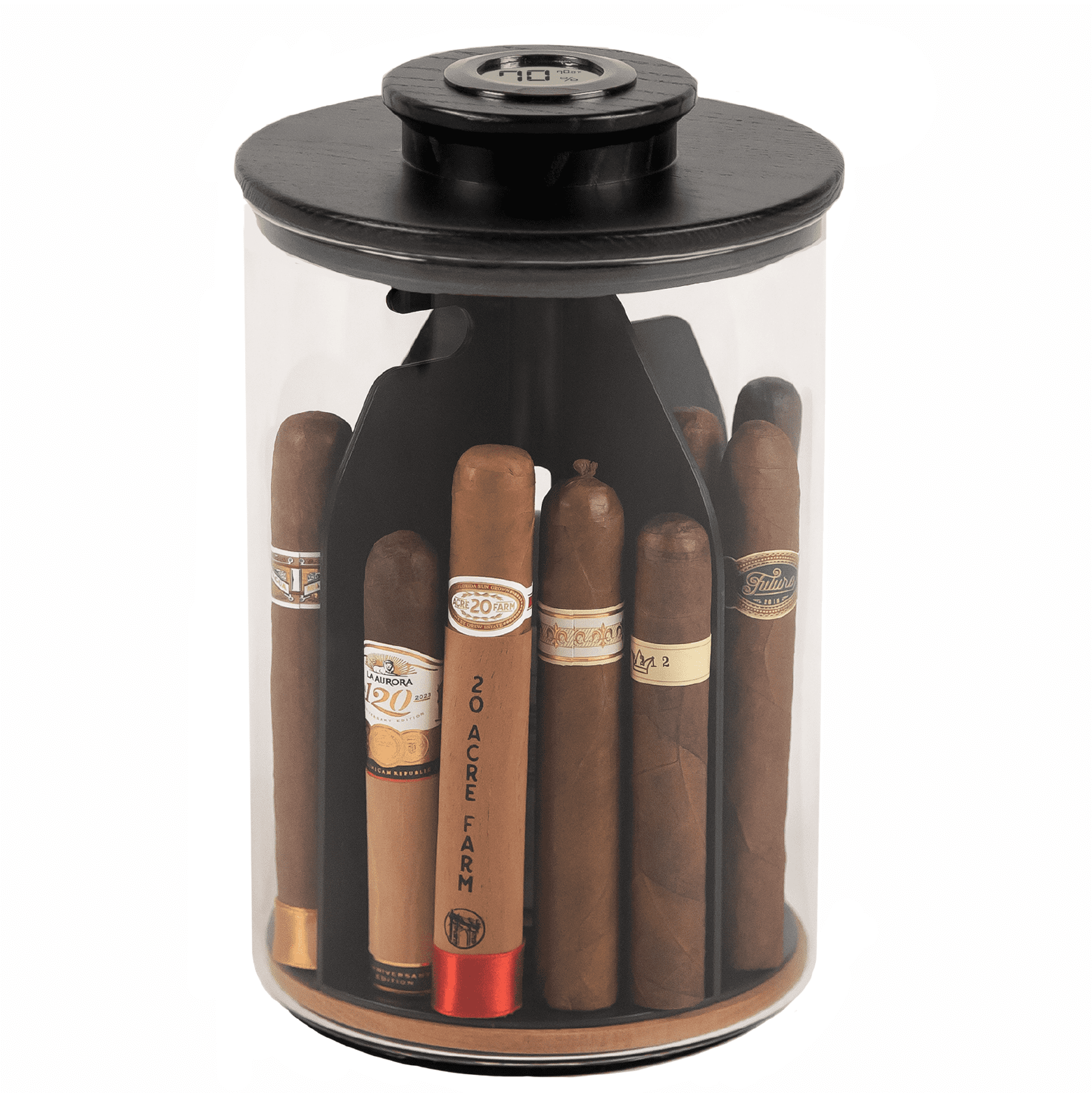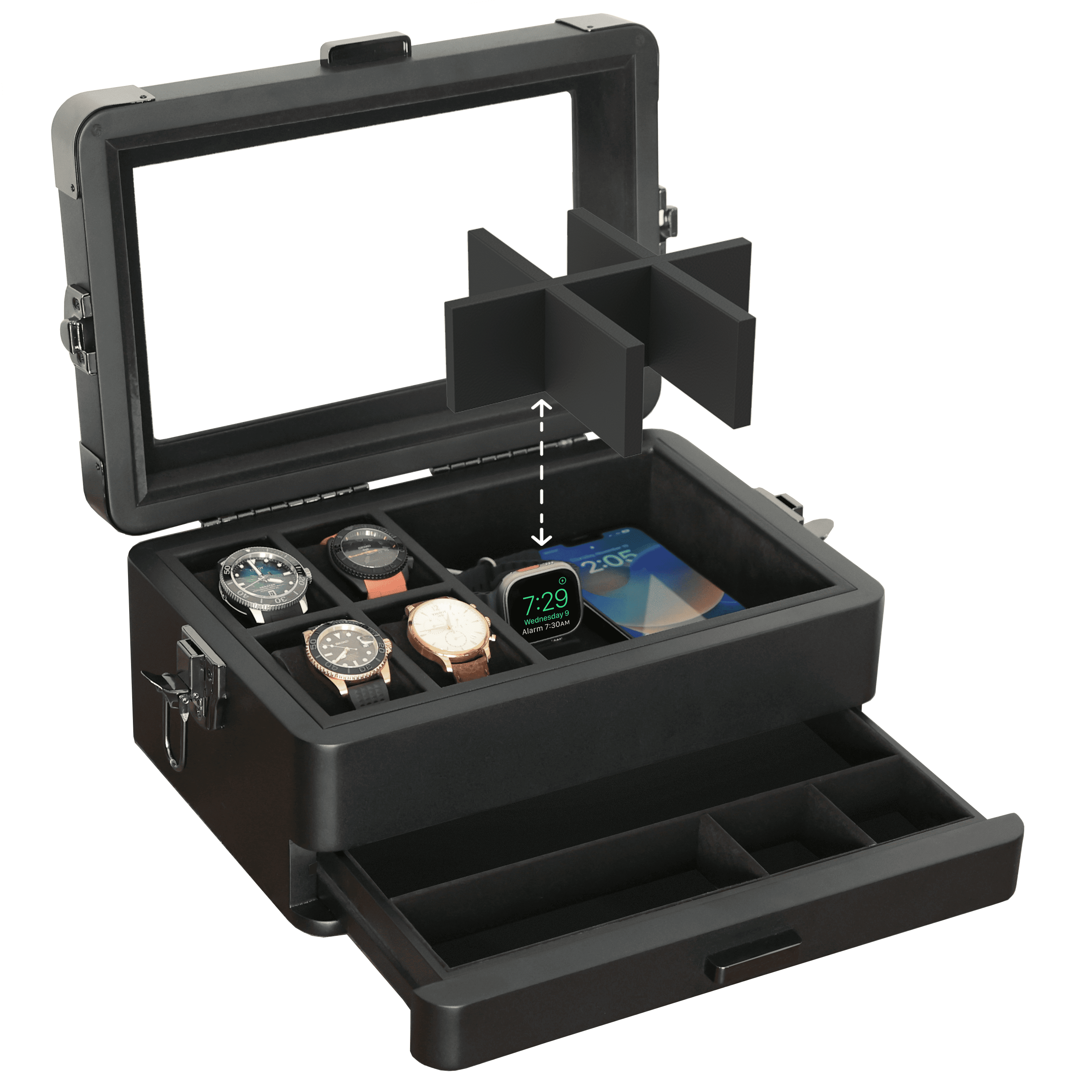For cigar smokers, selecting the right cut is an essential part of the cigar smoking experience. It determines how the cigar draws, how it tastes, and how it feels in your mouth. Two popular types of cigar cuts are the traditional straight cut and the V-cut, while the punch cut is also a viable option. Each method has its own pros and cons, which we'll explore in more detail below.
Straight Cut
The straight cut is the most common and traditional way of cutting a cigar. It involves cutting the cap straight across with a sharp blade or guillotine-style cutter. One of the advantages of a straight cut is that it provides a generous draw, which means you get more smoke with each puff. It also allows you to taste the full range of flavors in the cigar because the smoke is not restricted by the cut.
However, the downside of the straight cut is that if you cut too much off the cap, the wrapper may start to unravel, ruining the cigar. Additionally, a poorly executed straight cut can lead to a loose draw, which can make the cigar burn too quickly and become harsh.
V-Cut
A V-cut, also known as a wedge or cat’s eye cut, is a more modern way of cutting a cigar. The V-cut involves cutting a small V-shaped notch into the cap of the cigar, rather than cutting straight across. This cut is typically made with a specially designed cutter that has a v-shaped blade.
One of the primary advantages of the V-cut is that it provides a concentrated draw, which can enhance the flavor and aroma of the cigar. It also prevents small bits of tobacco from entering your mouth while smoking. This type of cut is ideal for those who want a more intense smoking experience, as it allows for greater concentration of the smoke.
On the downside, the V-cut can sometimes be too concentrated, which can lead to a harsh smoking experience if the cigar is not properly aged or if the smoker draws too deeply. Additionally, this type of cut may not work well with cigars that have a tapered shape, as it may not cut deep enough to allow a good draw.
Punch Cut
The punch cut is a third option, and it involves using a special tool to create a small, circular hole in the cap of the cigar. This cut is typically made with a cigar punch, which is a small, cylindrical tool with a sharp, circular blade at the end.
One of the main advantages of the punch cut is that it maintains the integrity of the wrapper, which can prevent the cigar from unraveling. It also allows for a concentrated draw, similar to the V-cut, without the risk of harshness.
However, the punch cut can sometimes be too small, leading to a restricted draw that can make the cigar burn unevenly. Additionally, the punch cut may not work well with cigars that have a wide ring gauge, as it may not create a large enough opening for a good draw.
Conclusion
Ultimately, the choice of cigar cut comes down to personal preference. The traditional straight cut is a tried-and-true method that provides a generous draw, while the V-cut and punch cut offer a more concentrated draw that can enhance the smoking experience. It's essential to choose the right cut for the particular cigar you're smoking to get the most out of its flavors and aromas. It's also important to use a high-quality cutter or punch to ensure a clean cut and avoid damaging the cigar.

